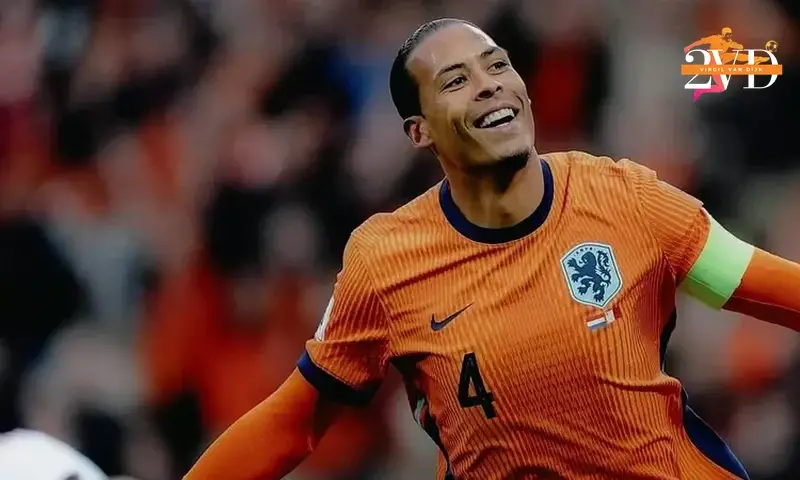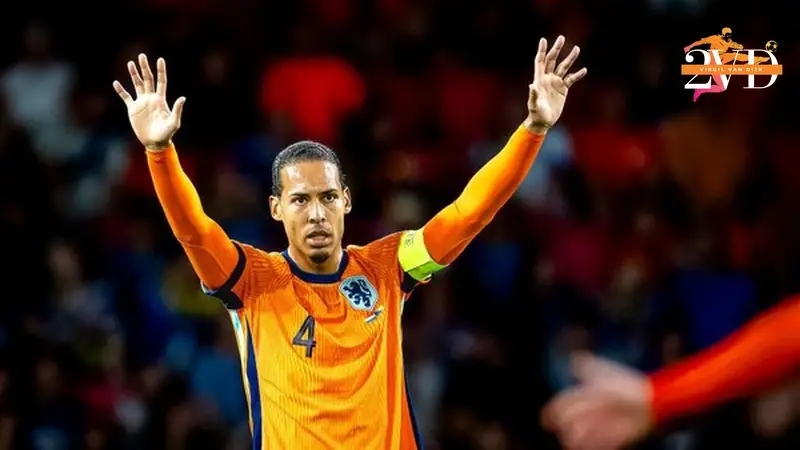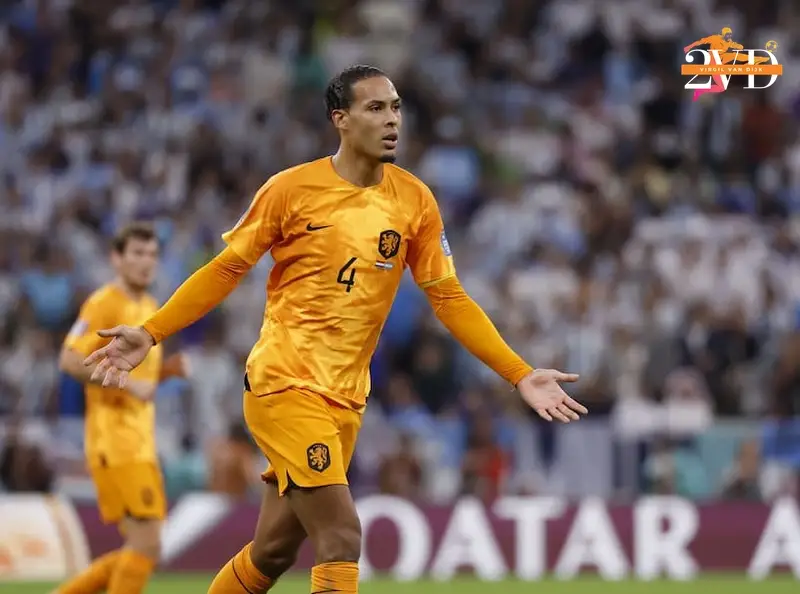In 2026, Virgil van Dijk will be 34 years old, a point in a footballer’s career where experience and leadership often become more vital than sheer physical dominance. Predicting his exact role at Liverpool is a complex task, dependent on factors ranging from injury luck to tactical shifts under future managers. However, it’s reasonable to anticipate a transition from the undisputed, physically imposing colossus we’ve seen in his prime to a more seasoned, strategically astute defender whose influence extends beyond the pitch.
The next few years will be crucial for Van Dijk in terms of adapting his game, mentoring younger players, and solidifying his legacy as one of Liverpool’s all-time greats, regardless of whether he’s starting every week or playing a more measured role. The key question is not if his role will change, but how he will adapt and continue to contribute to Liverpool’s success. His leadership qualities and experience will be crucial assets, even if his minutes on the pitch are carefully managed.

Physical Condition and Performance
The Expected Decline and Potential Adaptations
Central defenders, like all athletes, typically experience a decline in physical attributes as they enter their mid-30s. Speed, agility, and recovery time can all be affected. For Van Dijk, known for his pace and aerial prowess, this could mean a shift in playing style. We might see him rely more on his positioning, reading of the game, and tactical intelligence to compensate for any decrease in speed. This is not to say he will become slow, but the blazing recovery runs he once made might become less frequent. Think of Fabio Cannavaro in his later years – while not as physically imposing as he once was, his tactical brilliance and positional awareness remained world-class, allowing him to still be effective. Van Dijk possesses a similar ability to read situations before they develop, an attribute that becomes even more valuable with age.
Injury History and its Impact
A significant factor influencing Van Dijk’s condition in 2026 is his injury history. The serious knee injury he suffered in 2020 undoubtedly had an impact, and continued management of his workload will be crucial. Liverpool’s medical staff will need to be proactive in managing his fitness, potentially utilizing strategic rest and rotation to minimize the risk of re-injury. A hypothetical scenario: imagine Liverpool signing a talented young center-back who gradually partners with Van Dijk, allowing the veteran to play crucial games while the youngster gains experience. This approach could prolong Van Dijk’s career and ensure he stays sharp for key moments.

From On-Field Dominance to Mentorship
Even if his physical output decreases, Van Dijk’s leadership qualities will remain invaluable. He’s already a vocal presence on the pitch, organizing the defense and providing guidance to his teammates. By 2026, his experience and tactical acumen could elevate him to a role similar to that of Paolo Maldini in his later years at AC Milan – a player whose presence alone inspires confidence and stability. This leadership could also extend to mentoring younger defenders, guiding them through the intricacies of the Premier League and instilling the values of the club.
A Calm Head in High-Pressure Situations
Liverpool’s high-intensity style of play demands composure and decision-making under pressure. Van Dijk has consistently demonstrated this, and his ability to remain calm in crucial moments will be even more vital as his physical attributes evolve. His presence in the dressing room and on the training ground can be just as impactful as his contributions on the field. He can provide guidance to younger players, helping them develop their mental fortitude and cope with the pressures of playing for a top club. This is especially important for a team like Liverpool, which often faces intense scrutiny and high expectations.

Tactical Role: Adapting to the Game
Potential Adjustments to Liverpool’s Defensive System
Liverpool’s tactical approach may evolve by 2026, depending on the manager in charge and the available personnel. However, the core principles of pressing, quick transitions, and a high defensive line are likely to remain. To accommodate Van Dijk’s changing physical profile, the team might adopt a slightly deeper defensive line, reducing the reliance on his recovery pace. The emphasis could shift towards a more compact defensive structure, prioritizing tactical discipline and positional awareness.
Investing in Young Talent and Sharing Experience
Van Dijk’s experience could also play a crucial role in developing younger defenders within the squad. By partnering with and mentoring emerging talents, he can pass on his knowledge and understanding of the game, ensuring a smooth transition when he eventually retires. He can effectively act as an on-field coach, guiding them and ensuring they are ready to take on responsibilities. His experience would be a valuable asset to the young defenders and Liverpool overall.

Contract and Future at Liverpool
Possible Contract Extensions and Gradual Transition
Whether Van Dijk will still be a first-team regular in 2026 depends largely on his fitness and performance. However, even if his playing time diminishes, Liverpool might offer him a role as a player-coach or defensive specialist. This would allow him to continue contributing to the club while gradually transitioning into a coaching role.
From Player to Club Legend: A Lasting Legacy
Regardless of his exact role, Van Dijk is likely to remain a respected figure at Liverpool for many years to come. His impact on the club has been undeniable, and his legacy is secure. For readers exploring more about how elite players navigate their twilight years and contract transitions, visit our Transfer & Contract section for deeper insights into Liverpool’s long-term squad planning.For readers exploring more about how elite players navigate their twilight years and contract transitions, visit our Transfer & Contract
section for deeper insights into Liverpool’s long-term squad planning.
